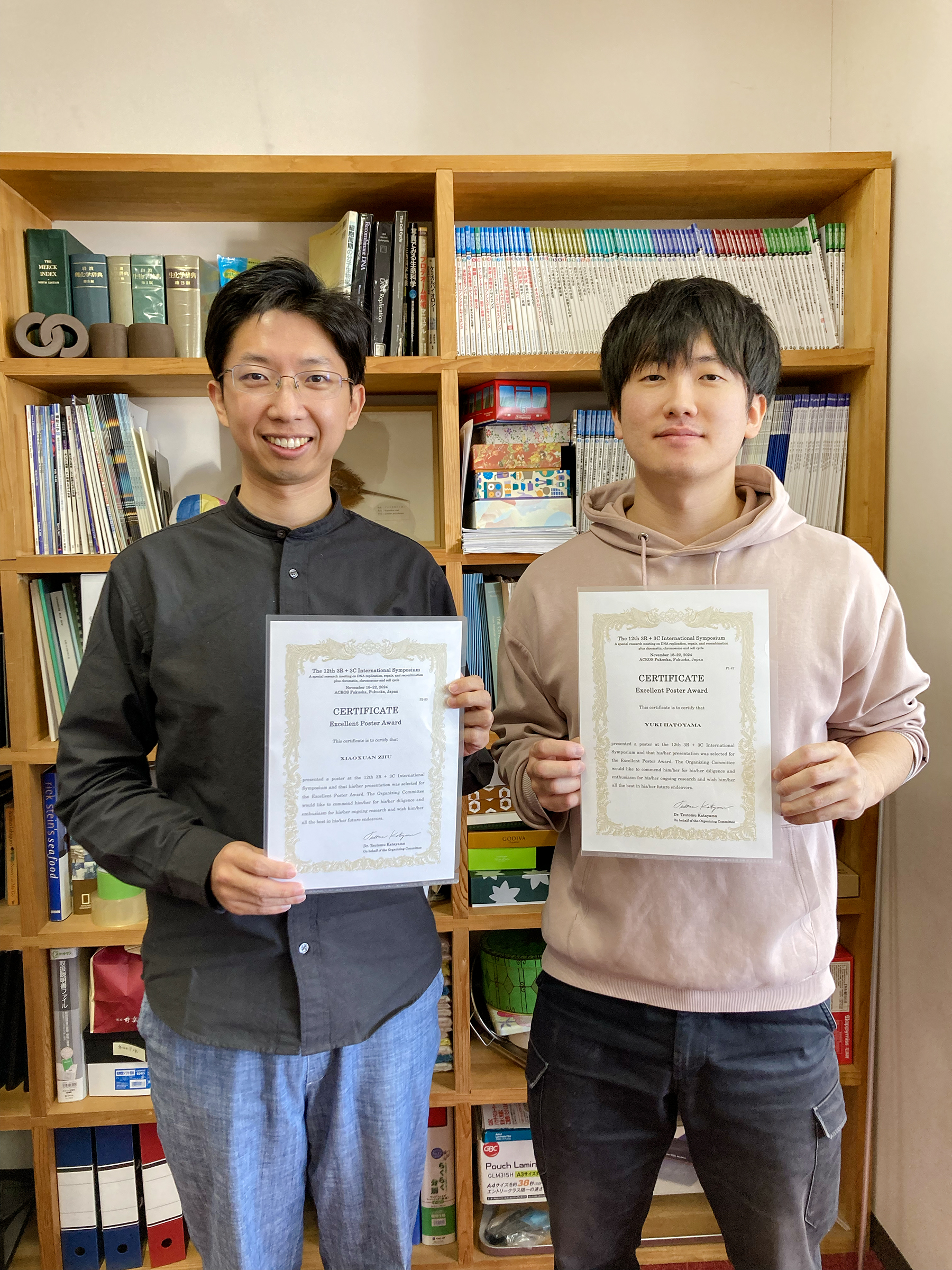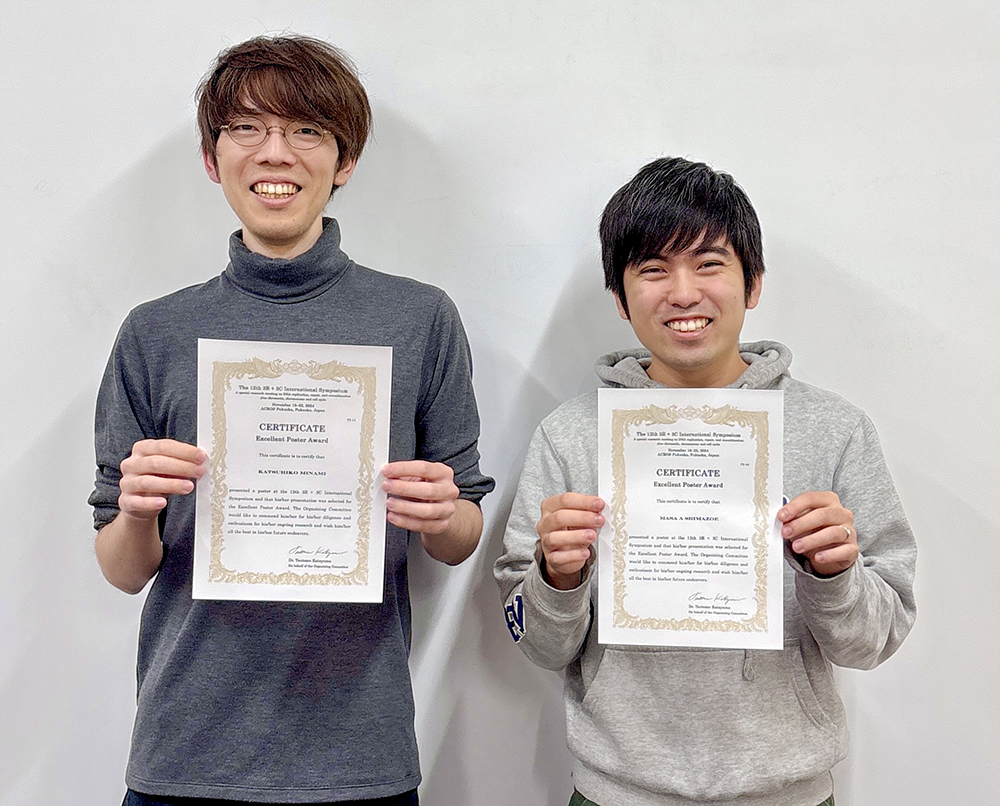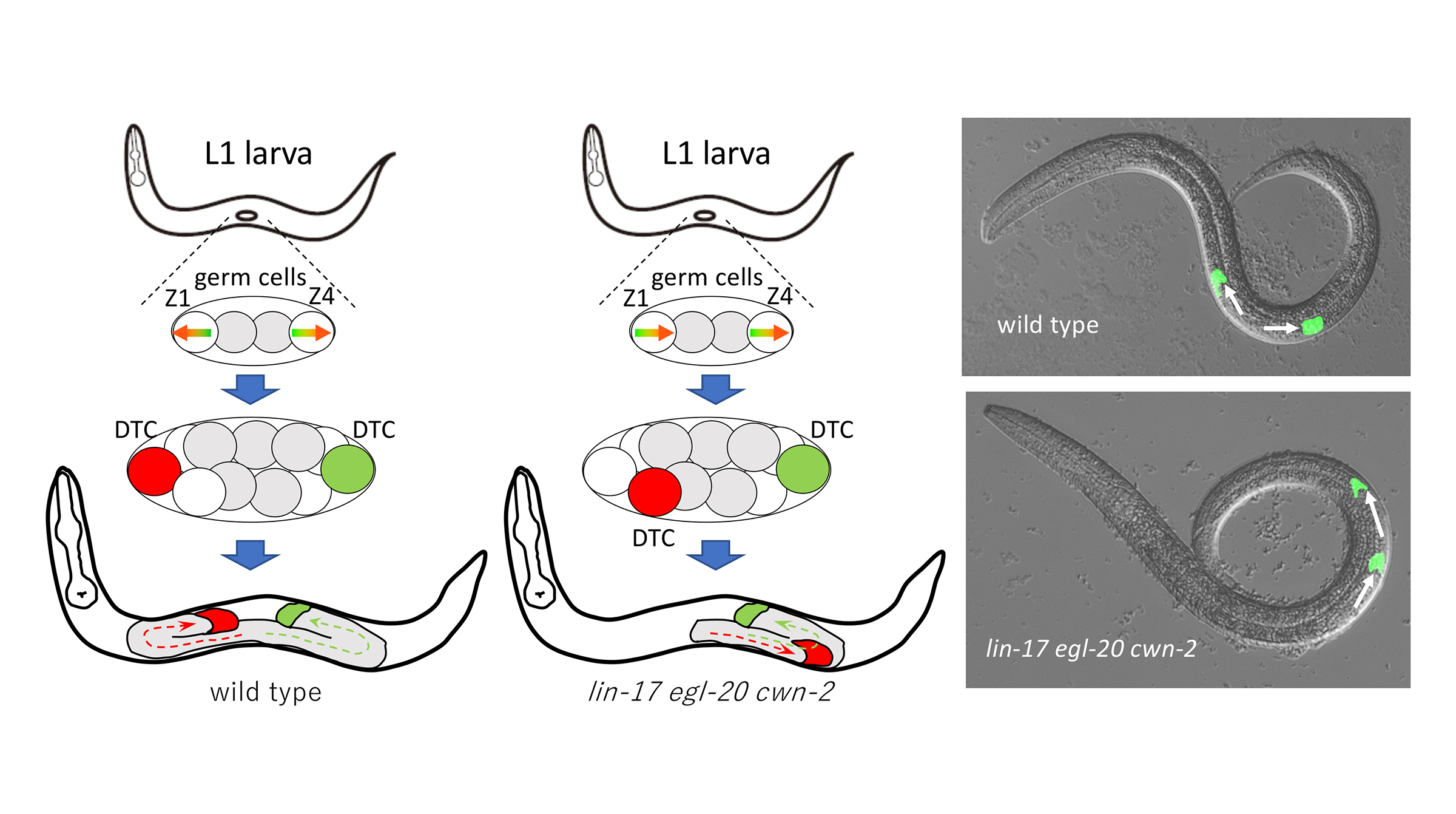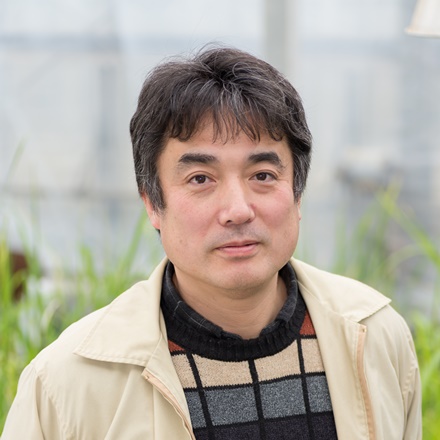Archive
- Home
- December 2025
- November 2025
- October 2025
- September 2025
- August 2025
- July 2025
- June 2025
- May 2025
- April 2025
- March 2025
- February 2025
- January 2025
- December 2024
- November 2024
- October 2024
- September 2024
- August 2024
- July 2024
- June 2024
- May 2024
- April 2024
- March 2024
- February 2024
- January 2024
- December 2023
- November 2023
- October 2023
- September 2023
- August 2023
- July 2023
- June 2023
- May 2023
- April 2023
- March 2023
- February 2023
- January 2023
- December 2022
- November 2022
- October 2022
- September 2022
- August 2022
- July 2022
- June 2022
- May 2022
- April 2022
- March 2022
- February 2022
- January 2022
- December 2021
- November 2021
- October 2021
- September 2021
- August 2021
- July 2021
- June 2021
- May 2021
- April 2021
- March 2021
- February 2021
- January 2021
- December 2020
- November 2020
- October 2020
- September 2020
- August 2020
- July 2020
- June 2020
- May 2020
- April 2020
- March 2020
- February 2020
- January 2020
- December 2019
- November 2019
- October 2019
- September 2019
- August 2019
- July 2019
- June 2019
- May 2019
- April 2019
- March 2019
- February 2019
- January 2019
- December 2018
- November 2018
- October 2018
- September 2018
- August 2018
- July 2018
- June 2018
- May 2018
- April 2018
- March 2018
- February 2018
- January 2018
- December 2017
- November 2017
- October 2017
- September 2017
- August 2017
- July 2017
- June 2017
- May 2017
- April 2017
- March 2017
- February 2017
- January 2017
- December 2016
- November 2016
- October 2016
- September 2016
- August 2016
- July 2016
- June 2016
- May 2016
- April 2016
- March 2016
- February 2016
- January 2016
- December 2015
- November 2015
- October 2015
- September 2015
- August 2015
- July 2015
- June 2015
- May 2015
- April 2015
- March 2015
- February 2015
- January 2015
- December 2014
- November 2014
- October 2014
- September 2014
- August 2014
- July 2014
- June 2014
- May 2014
- April 2014
- March 2014
- January 2014
- December 2013
- November 2013
- October 2013
- September 2013
- August 2013
- July 2013
- June 2013
- May 2013
- April 2013
- March 2013
- February 2013
- January 2013
- December 2012
- November 2012
- October 2012
- September 2012
- August 2012
- July 2012
- June 2012
- May 2012
- April 2012
- March 2012
- February 2012
- January 2012
- December 2011
- November 2011
- October 2011
- September 2011
- August 2011
- July 2011
- June 2011
- May 2011
- April 2011
- March 2011
- February 2011
- January 2011
- December 2010
- November 2010
- October 2010
- September 2010
- August 2010
- July 2010
- June 2010
- May 2010
- April 2010
- March 2010
- February 2010
- December 2009
- November 2009
- October 2009
- September 2009
- August 2009
- July 2009
- June 2009
- May 2009
- April 2009
- March 2009
- February 2009
- January 2009
- December 2008
- November 2008
- October 2008
- September 2008
- July 2008
- June 2008
- May 2008
- April 2008
- March 2008
- February 2008
- January 2008
- December 2007
- November 2007
- October 2007
- September 2007
- August 2007
- July 2007
- June 2007
- March 2007
- February 2007
- January 2007
- December 2006
- November 2006
- October 2006
- September 2006
- July 2006
- June 2006
- May 2006
- April 2006
- January 2006
- June 2005
- May 2005
- April 2005
- February 2005
- December 2004
- November 2004
- October 2004
- August 2004
- July 2004
- June 2004
- May 2004
- February 2004
- January 2004
- December 2003
- August 2003
- July 2003
- June 2003
- May 2003
- March 2003
- January 2003
- December 2002
- October 2002
- May 2002
- April 2002
- February 2002
- January 2002
- August 2001
- May 2001
- April 2001
- February 2001
- August 2000
- July 2000
Xiaoxuan Zhu and Yuki Hatoyama received the “Excellent Poster Award”
Dr. Xiaoxuan Zhu (Postdoctoral Researcher) and Mr. Yuki Hatoyama (5th-year PhD student at SOKENDAI and JSPS Research Fellow DC2) from the Laboratory of Molecular Cell Engineering (Kanemaki Lab) presented posters at the 12th 3R+3C International Symposium held in Fukuoka from November 18th to 22nd, 2024. Both were honored with the “Excellent Poster Award.”
The 3R+3C International Symposium is a biennial international conference focused on research in DNA Replication, Repair, and Recombination (3R), as well as Chromatin, Chromosomes, and the Cell Cycle (3C).

Left, Zhu-san; Right, Hatoyama-san
Katsuhiko Minami and Masa A. Shimazoe won the “Excellent Poster Award”
Katsuhiko Minami (SOKENDAI D5 student and JSPS Special Researcher) and Masa A. Shimazoe (SOKENDAI D3 student and JSPS Special Researcher) from Genome Dynamics Laboratory received the “Excellent Poster Award” at the 12th 3R+3C International Symposium held in Fukuoka, Japan, on November 18th – 22nd.
The 3R+3C International Symposium is an international research meeting on 3R+3C, which stands for DNA replication, repair, recombination plus chromatin, chromosome, and cell cycle.

Left, Minami-san; Right, Shimazoe-san
Character displacement or priority effects: immigration timing can affect community assembly with rapid evolution
Character displacement or priority effects: immigration timing can affect community assembly with rapid evolution
Keiichi Morita, Masato Yamamichi
Proceedings of the Royal Society B: Biological Sciences (2024) 291: 20242145. DOI:10.1098/rspb.2024.214
![]() Press release (In Japanese only)
Press release (In Japanese only)
Understanding how biological communities assemble in the presence of rapid evolution is becoming an important topic in ecology. Previous studies demonstrated that community assembly can be affected by two types of eco-evolutionary dynamics: evolution-mediated priority effect (EPE) and ecological character displacement (ECD). In EPE, early-arriving species prevent colonization of late-arriving species via local adaptation (i.e. community monopolization), whereas ECD promotes species coexistence by niche partitioning. Researchers tended to discuss the two processes separately, but it should be possible for those processes to operate in the same system depending on various conditions. Here, we developed a theoretical framework that integrates the two processes by using a simple two-species competition model with eco-evolutionary feedback. We revealed that, when an early-arriving species evolves, the difference in immigration timing between the early-arriving and a late-arriving species can be a key parameter. When the difference is small, ECD occurs because insufficient local adaptation of the early-arriving species allows colonization of the late-arriving species. When the difference is large, however, EPE occurs because niche pre-emption by local adaptation of the early-arriving species prevents colonization of the late-arriving species. Further theoretical and empirical studies will be important to better understand eco-evolutionary community assembly with ECD and EPE.
Summer Internship at NIG “NIG-INTERN2025”
A complete classification of evolutionary games with environmental feedback
A complete classification of evolutionary games with environmental feedback
Hiromu Ito & Masato Yamamichi.
PNAS Nexus (2024). 3 (11): pgae455. DOI:10.1093/pnasnexus/pgae455
![]() Press release (In Japanese only)
Press release (In Japanese only)
A tragedy of the commons, in which rational behavior of individuals to maximize their own payoffs depletes common resources, is one of the most important research topics in game theory. To better understand the social dilemma problem, recent studies have developed a theoretical framework of feedback-evolving game where individual behavior affects an environmental (renewable) resource and the environmental resource changes individual payoffs. While previous studies assumed that the frequency of defectors increases (prisoner’s dilemma [PD] game) when the environmental resource is abundant to investigate an oscillating tragedy of the commons, it is also possible for other types of game to produce the social dilemma. In this paper, we extend the feedback-evolving game by considering not only PD game, but also the other three game structures when the environmental resource is replete for a reasonably complete classification. The three games are Chicken game where defectors and cooperators coexist through minority advantage, Stag-Hunt (SH) game with minority disadvantage, and Trivial game where the frequency of cooperators increases. In addition, we utilize a dilemma phase plane to visually track (transient) dynamics of game structure changes. We found that an emergent initial condition dependence (i.e. bistability) is pervasive in the feedback-evolving game when the three games are involved. We also showed that persistent oscillation dynamics arise even with Chicken or SH games in replete environments. Our generalized analysis will be an important step to further extend the theoretical framework of feedback-evolving game to various game situations with environmental feedback.
【For Graduate Students Only】 Guidelines for NIG Special Collaborative Research Students 2025
Making mirror-symmetric organ
Sawa Group / Multicellular Organization Laboratory
Distinct functions of three Wnt proteins control mirror-symmetric organogenesis in the C. elegans gonad
Shuhei So, Masayo Asakawa and Hitoshi Sawa
eLife (2024) Nov 1:13:e103035 DOI:10.7554/eLife.103035
Organogenesis requires the proper production of diverse cell types and their positioning/migration. However, the coordination of these processes during development remains poorly understood. The gonad in C. elegans exhibits a mirror-symmetric structure guided by the migration of distal tip cells (DTCs), which result from asymmetric divisions of somatic gonadal precursors (SGPs; Z1 and Z4). We found that the polarity of Z1 and Z4, which possess mirror-symmetric orientation, is controlled by the redundant functions of the LIN-17/Frizzled receptor and three Wnt proteins (CWN-1, CWN-2, and EGL-20) with distinct functions. In lin-17 mutants, CWN-2 promotes normal polarity in both Z1 and Z4, while CWN-1 promotes reverse and normal polarity in Z1 and Z4, respectively. In contrast, EGL-20 inhibits the polarization of both Z1 and Z4. In lin-17 egl-20 cwn-2 triple mutants with a polarity reversal of Z1, DTCs from Z1 frequently miss-migrate to the posterior side. Our further analysis demonstrates that the mis-positioning of DTCs in the gonad due to the polarity reversal of Z1 leads to mis-migration. Similar mis-migration was also observed in cki-1(RNAi) animals producing ectopic DTCs. These results highlight the role of Wnt signaling in coordinating the production and migration of DTCs to establish a mirror-symmetric organ.

Figure: Left: Development of wild type gonad in C. elegans. Z1 and Z4 cells have mirror-symmetric polarity and produces two DTCs at the distal ends of the gonad. Each DTC migrate distally. Center: In lin-17 egl-20 cwn-2 mutants, Z1 polarity is reversed, producing DTC at the center of the gonad which migrate posteriorly. Right:Images of migrating DTCs (green).
Dr. Ken-ichi NONOMURA promoted to professor
Associate professor Ken-ichi NONOMURA (Plant Cytogenetics Laboratory) was promoted to professor as of November 1, 2024. Congratulations!
> NONOMURA, Ken-ichi : Plant Cytogenetics Laboratory, Department of Gene Function and Phenomics

NONOMURA, Ken-ichi Professor















